Right now we are tracking three tropical disturbances in the Atlantic Basin, plus the remnants of Tropical Storm Gordon over Arkansas. Fitting, since we are in the peak of Hurricane season.
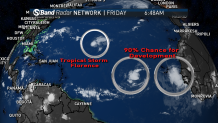
Tropical Storm Florence is expected to strengthen back into a major hurricane and possibly take aim at the East Coast. There are two tropical waves off the coast of Africa, both with a high chance of tropical development.
Hurricane activity spikes from mid-August through mid-October. According to the National Oceanic Atmospheric Administration, 78 percent of tropical storms, 87 percent of category one and two storms and 96 percent of major hurricanes (category 3-5) happen during this time.
The statistical peak of the season is Sept. 10.
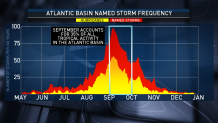
The month of September accounts for 35 percent of all tropical activity in the Atlantic basin.
Local
The latest news from around North Texas.
Why now? Roughly every three days a tropical wave comes off the coast of Africa — this is the beginning stage of a tropical cyclone. This time of year, atmospheric conditions are favorable for these waves to grow into hurricanes.
Wind shear, which is low during this time of year, can tear storms apart. Ocean temperatures are the warmest they are all summer, and the heat helps hurricanes grow. The air temperature and moisture content in the air is also high.
By mid-October, as autumn starts to cool things down and upper level winds increase, the frequency of tropical cyclones decreases.
Hurricane season officially runs from June 1 through Nov. 30. So far we have had six named storms.
Get the latest forecast information from NBC 5's team of Weather Experts here.
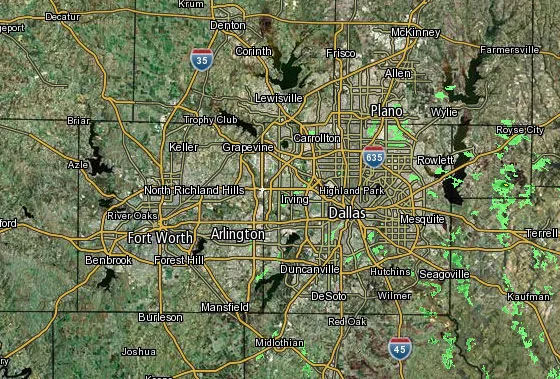 Interactive Radar | 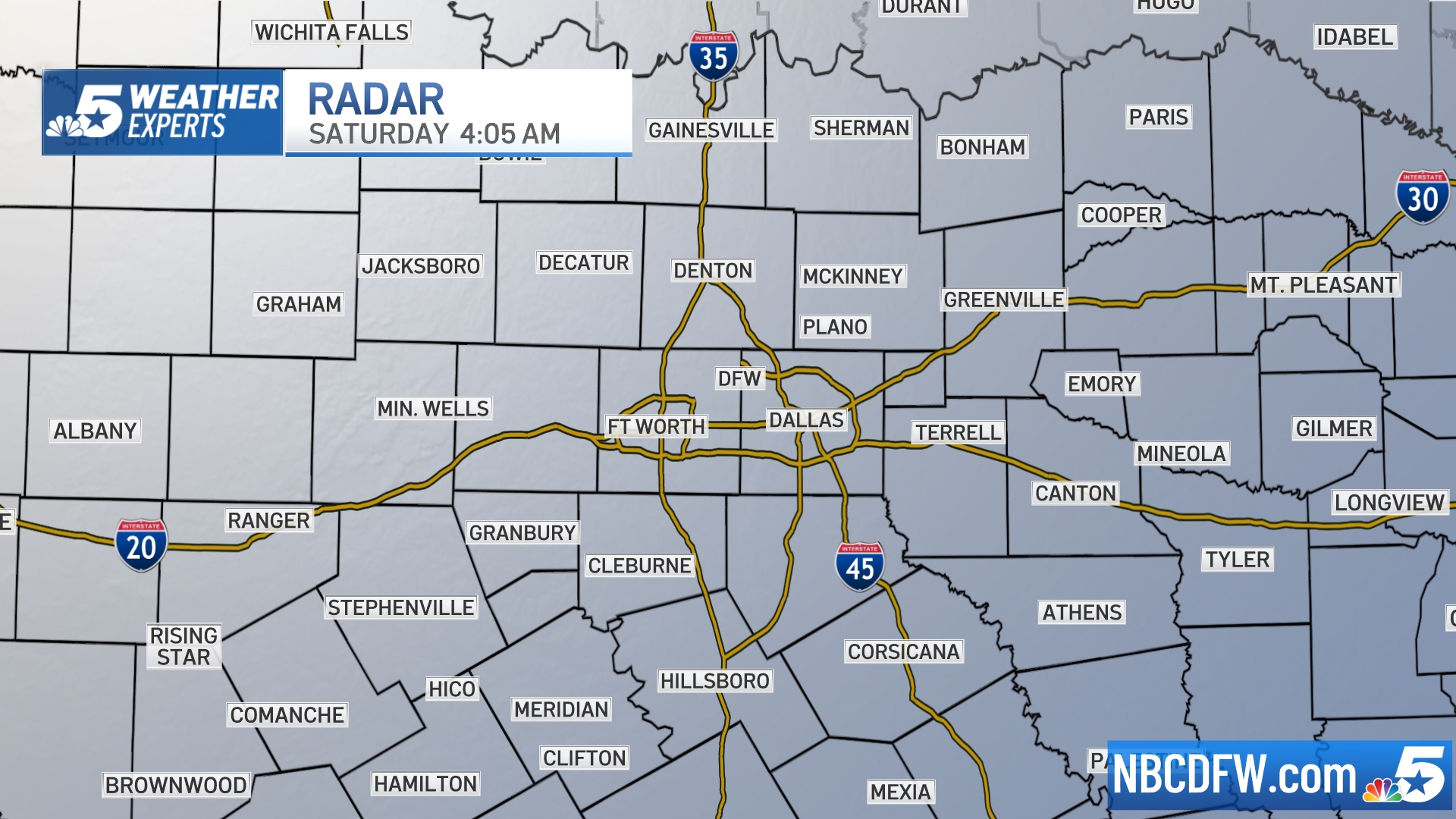 NBC 5 S-Band | 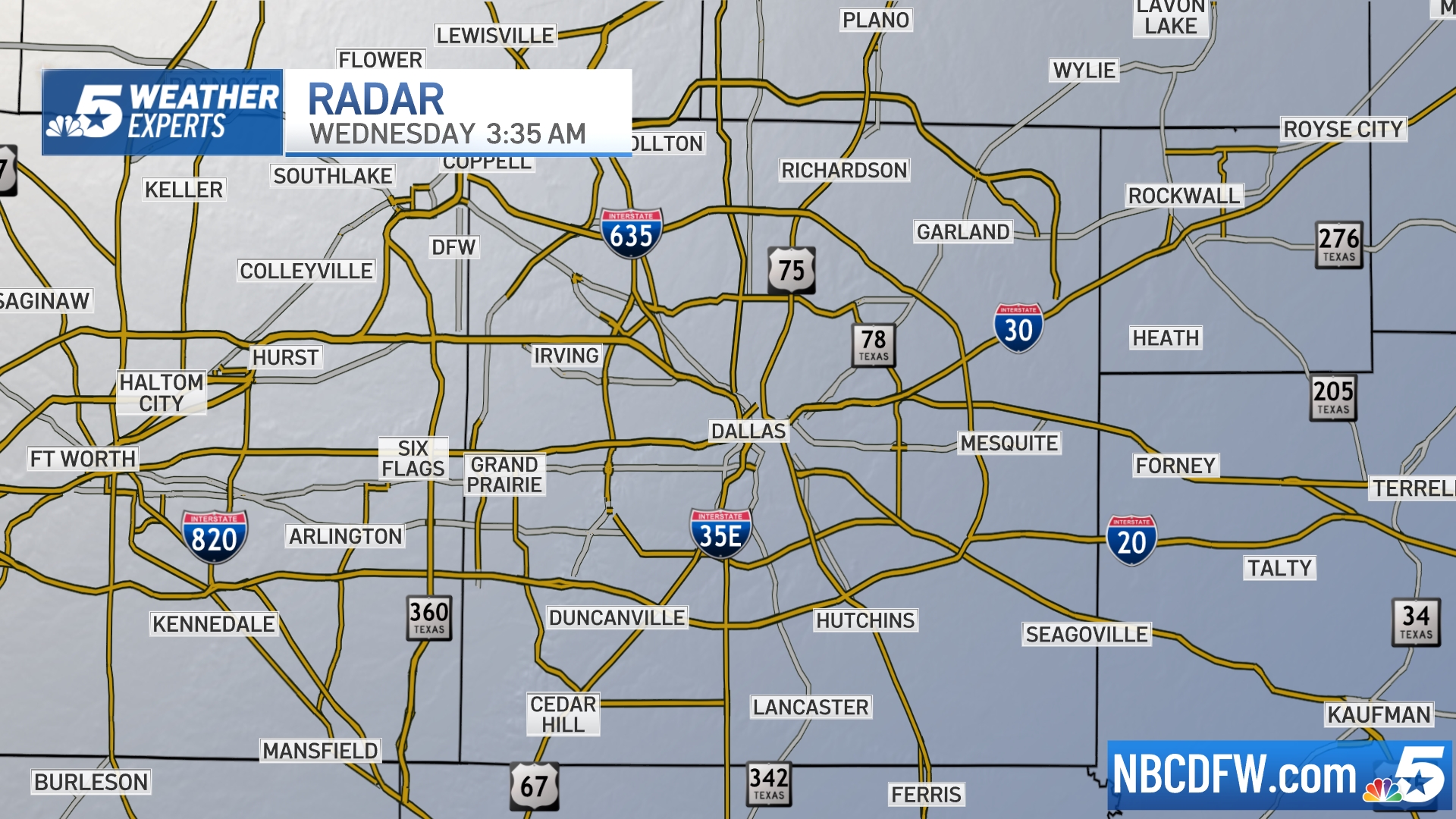 Dallas County |  Tarrant County |
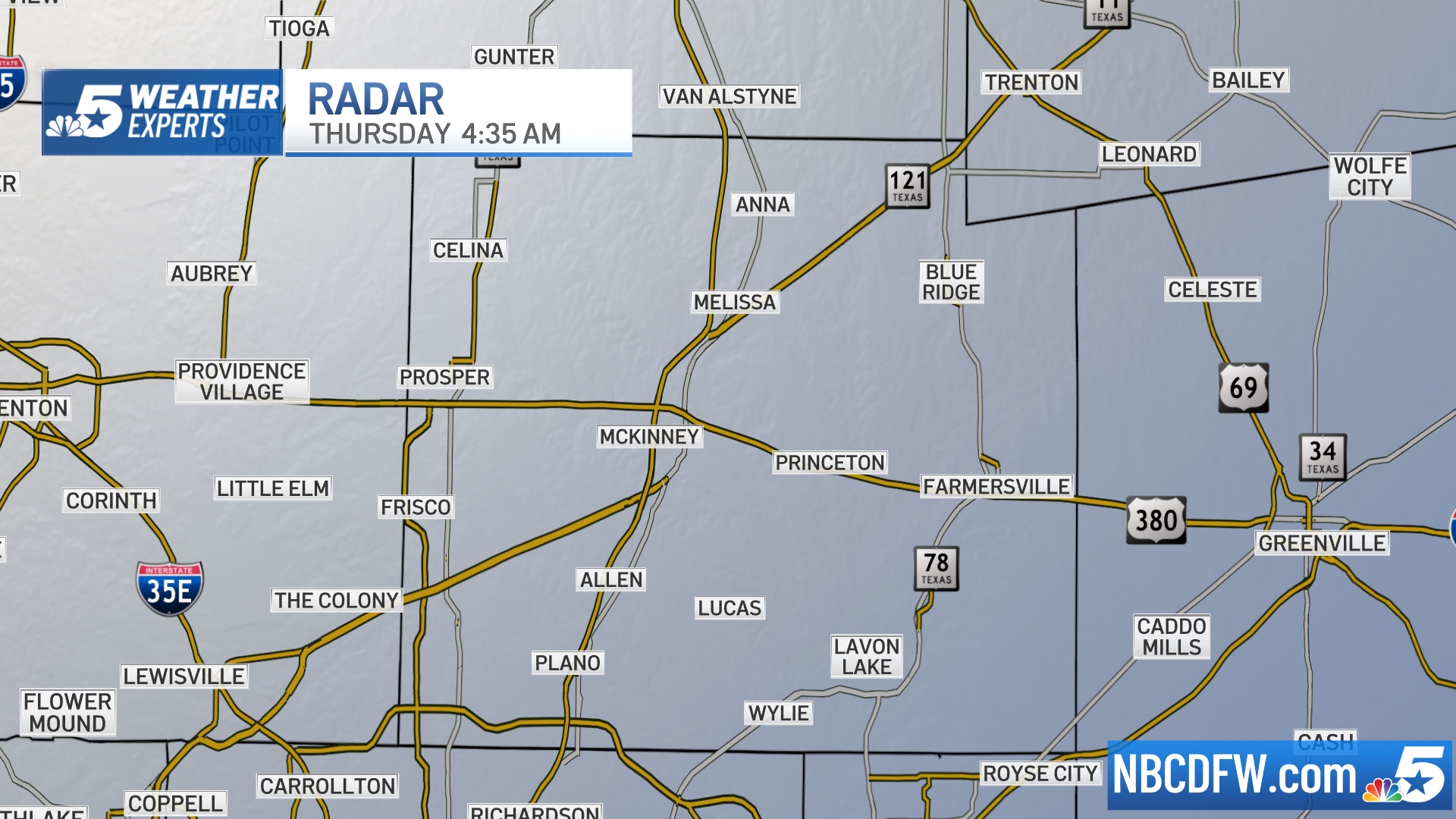 Collin County | 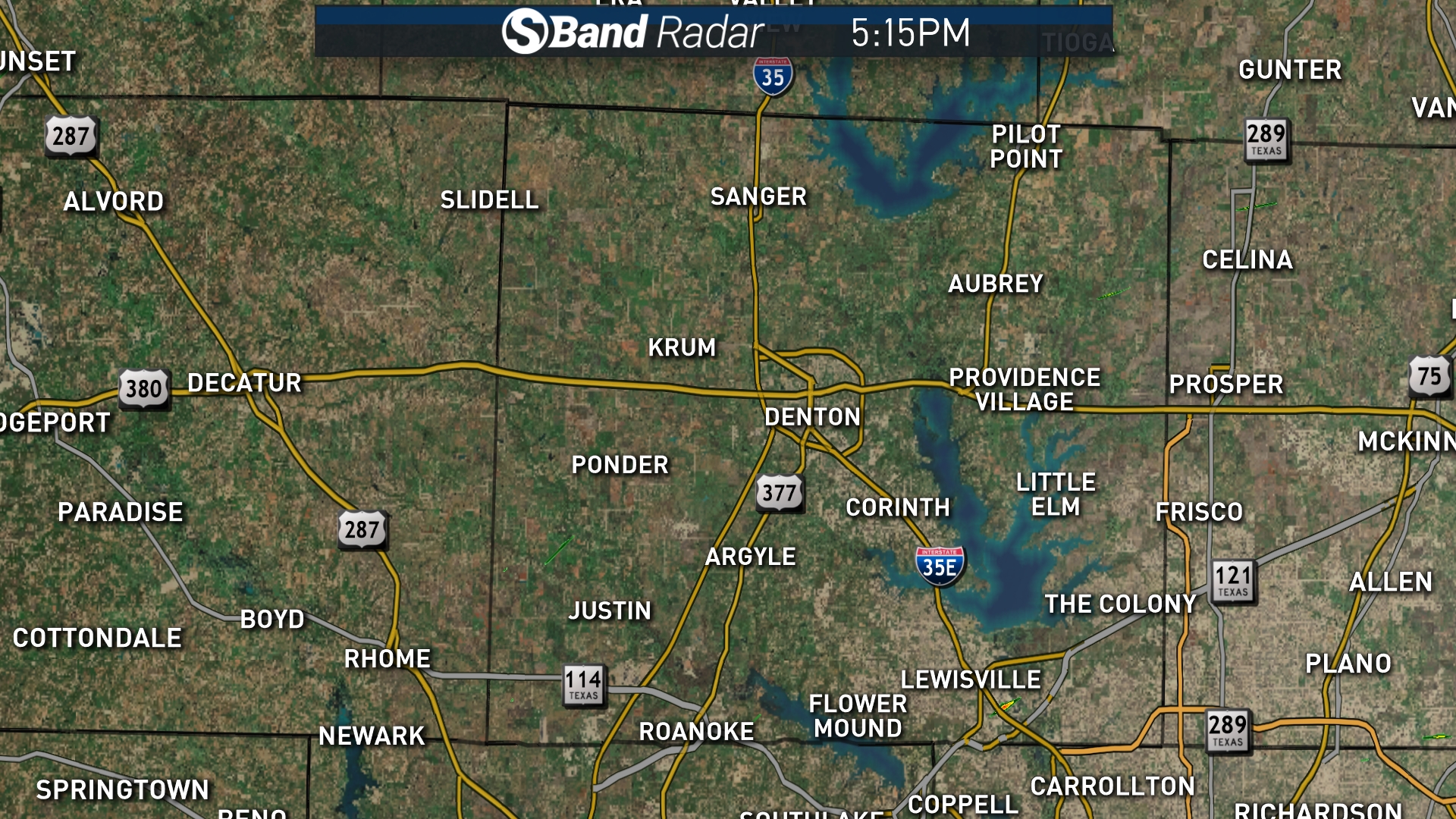 Denton County | 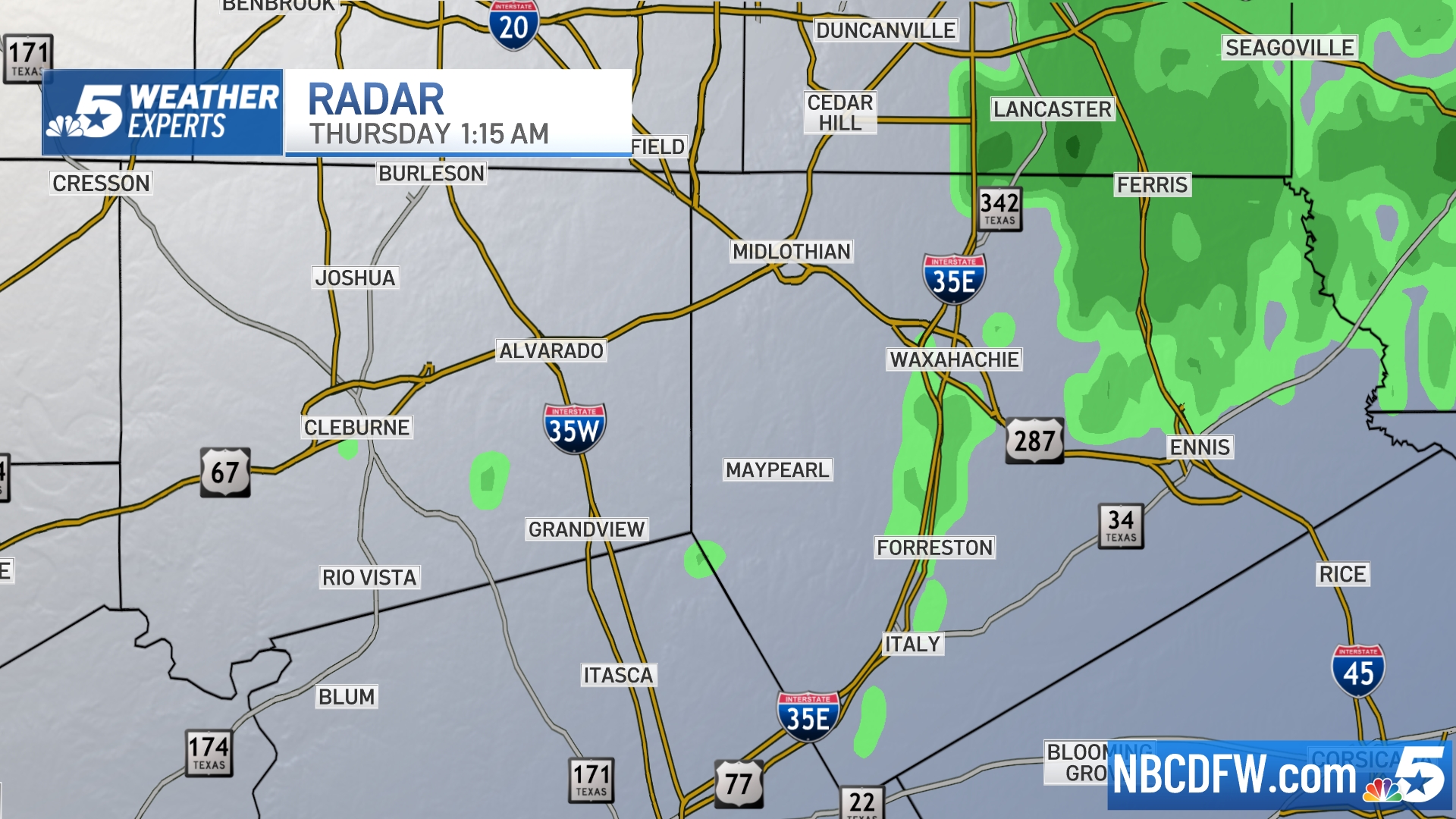 Ellis, Johnson Co. |  Rainfall Totals |



